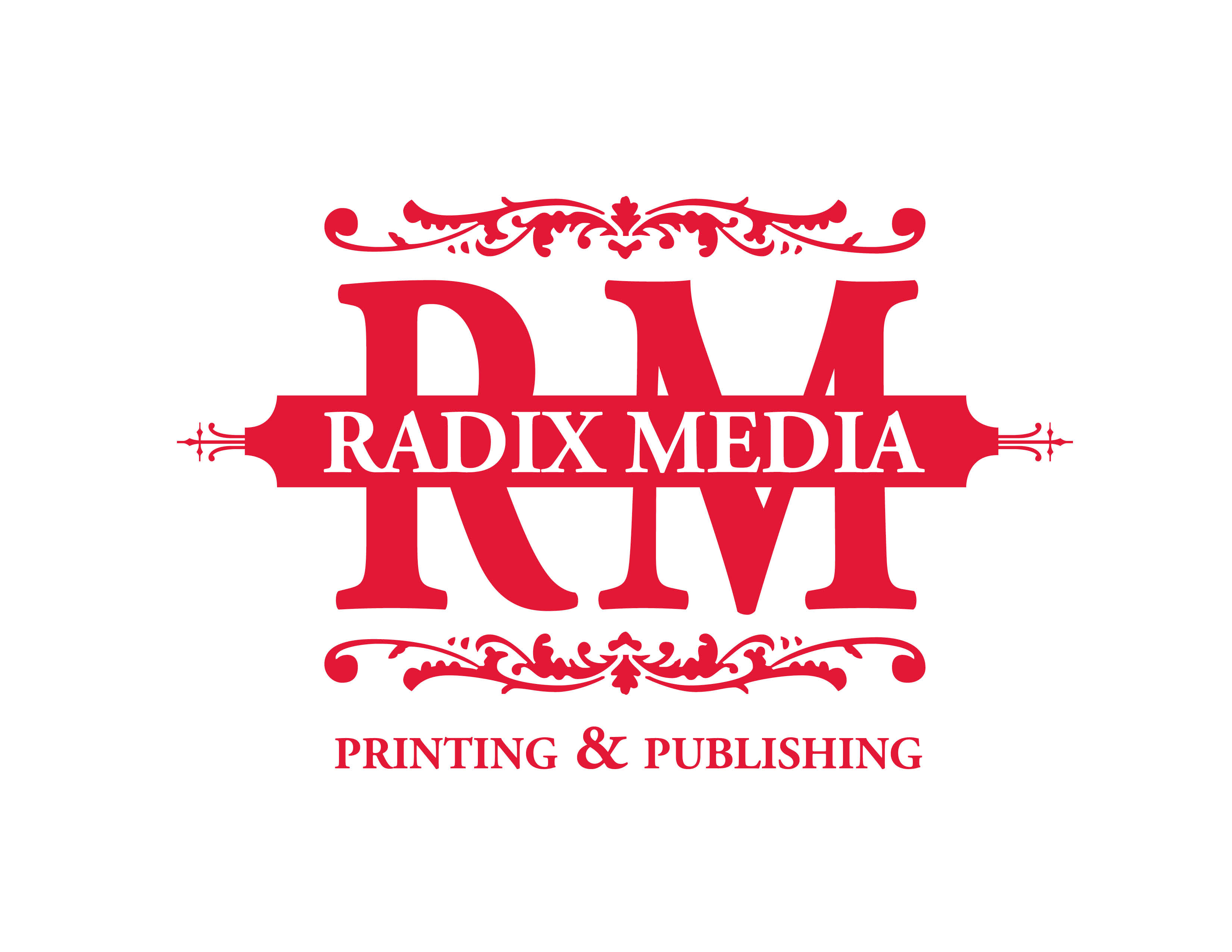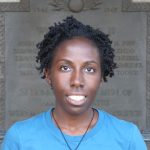ohanca Delgado is an author of fiction and nonfiction, whose work has appeared in STORY Magazine and Electric Literature. She’s also a former nonfiction editor at FOLIO and an assistant fiction editor at Barrelhouse. She currently lives in Washington, D.C. where she teaches undergraduate writing at American University. I spoke to Yohanca about her debut short story, “The Niece,” her creative process, and how her ethnic background informs her writing.
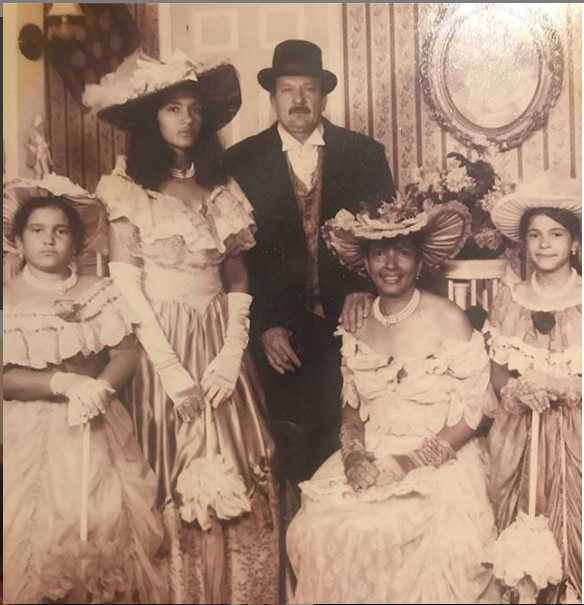 You were born and raised in New York City. What neighborhood did you live in growing up?
You were born and raised in New York City. What neighborhood did you live in growing up?
Yes! I grew up in West Harlem, in Hamilton Heights. My family still lives there. It’s wild how much the neighborhood has both changed and stayed the same since the 1990s.
No one in my family makes a living from being creative, but the members of my family are creative, funny people. My mother is a great storyteller and my father, who was an electrician until he retired last year, can MacGyver anything. My sisters are also two of the funniest people I know.
I was always a reader first. It took a long time to get here because I didn’t grow up with a sense that artmaking could be a real career for someone like me. I grew up thinking I had to be a lawyer, that I had to do something “useful.”
Now, I understand “useful” in an entirely different way. I want to create the solace I found in reading for someone else.
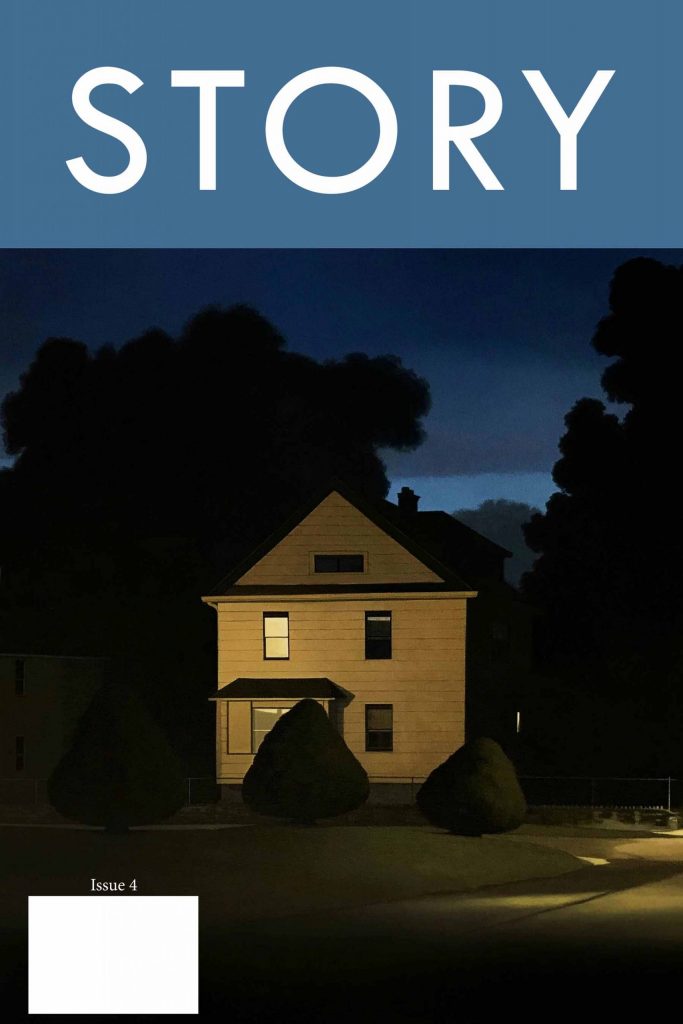 Right now you’ve got one short story published, called “The Niece,” which you were very kind enough to send me, and it was fantastic. Can you tell me about that story and its origins?
Right now you’ve got one short story published, called “The Niece,” which you were very kind enough to send me, and it was fantastic. Can you tell me about that story and its origins?
Thank you so much! That was the second piece of fiction I ever wrote, and it took nearly three years to complete. I began my MFA program as an essay writer, but gravitated to fiction at the end of my first year.
With my first short stories, I really wanted to push myself to explore fiction as a new terrain and to understand how it differed from nonfiction. What could a fiction piece do that a nonfiction piece couldn’t? I admire literary journalism and creative nonfiction too much to say that the difference has anything to do with language, or with imagination. And it isn’t about truthfulness, either, because fiction isn’t very good if it isn’t, in some sense, true.
For me, fiction offered the chance to think about what it might be like to be someone else, and to do it seriously, heart-first. The protagonist of “The Niece” is a man in his 80s. Paradoxically, of course, that protagonist didn’t work on the page until I was able to identify myself in him. And it took two years of thought to get there, workshops with some wonderful writers, including Dolen Perkins-Valdez and Adam Haslett, and then some incisive editing notes from STORY editor-in-chief Michael Nye.
“I want to create the solace I found in reading for someone else.”
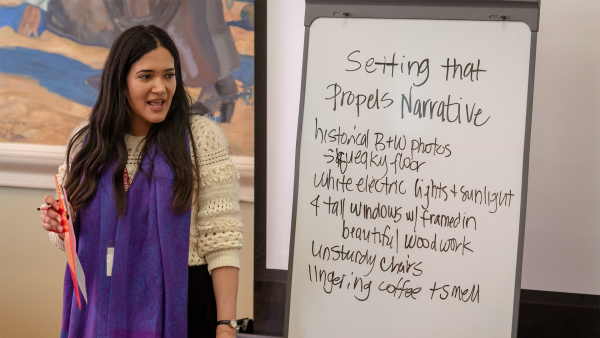 Your protagonist in “The Niece” is an older Dominican man who’s grappling with loneliness and changes that he has no control over. How does your background as the first generation child of immigrants affect the stories you write?
Your protagonist in “The Niece” is an older Dominican man who’s grappling with loneliness and changes that he has no control over. How does your background as the first generation child of immigrants affect the stories you write?
I’m very interested in the emotional and psychological displacement that’s inherent to the immigrant experience. The characters in my stories are mostly Latinx, and both my default reader and my default subject are Latinx. Most of my narratives are set in the U.S.
A big part of the U.S.-Latinx identity is a rich duality. I claim both U.S. history and Caribbean history as my own. Spanish and English are both my native languages. I can’t be one or the other without losing something essential. I’m not interested in performance narratives, though. I’m interested in characters that happen to be Latinx but also happen to be flawed and dreamy and weird as hell.
What’s your writing process like? How do your stories come to you?
I’m still figuring out what my writing process is. I tend to tuck away ideas and let them simmer in my subconscious until I feel like I can start trying to transfer them to the page. Then the real work begins. I’m a slow, fretful writer.
The emphasis on speed and production is the sad, heavy downside of trying to make a career in art. I’m trying to teach myself to worry less and get out of my own way. I can write anywhere, with anything, but getting in the right headspace consistently is something I’m still working on. I heard Ross Gay say in an interview that joy and wonder are as intellectually rigorous as grief and I’ve been thinking about that a lot, particularly since the COVID-19 shutdown began. Where do I see wonder in the world, and how can I bring it to the page?
In 2019, you attended the Clarion Workshop, which is, of course, legendary in the science fiction and fantasy genres. What was that experience like for you?
Clarion was life-changing for me. It definitely sped my writing up, for one thing! I spent six very intense weeks with some of the smartest, kindest human beings I’ve ever met.
And the quality of the writing! Some of those stories are already making their way out into the world and they are wonderful. I cannot recommend the experience enough to speculative fiction writers.
“I’m not interested in performance narratives, though. I’m interested in characters that happen to be Latinx but also happen to be flawed and dreamy and weird as hell.”
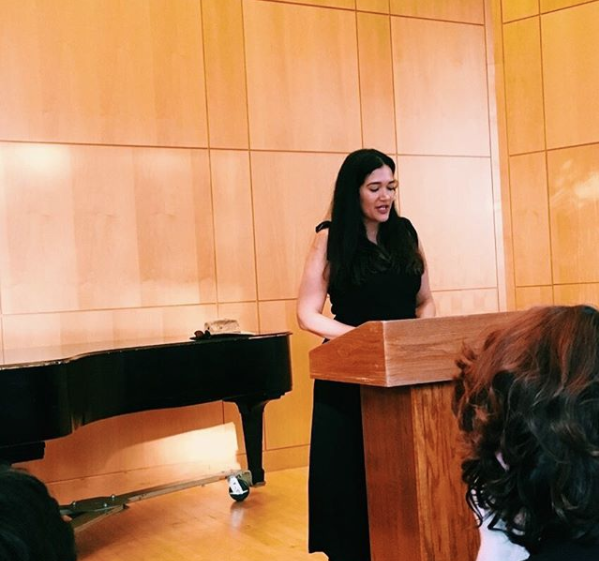 What were some books you read last year and absolutely loved?
What were some books you read last year and absolutely loved?
A whole year? This is a dangerous question for a writer! Exactly a year ago, I was fret-reading Samantha Hunt’s delicious The Dark Dark and Achy Obejas’ gorgeous Tower of the Antilles as I worked on my thesis. I also read Rachel Louise Snyder’s No Visible Bruises, and I still think about it at least once a day. During Clarion, I read a lot of things but two books I finished and adored were Karen Russell’s Orange World and Samanta Schweblin’s Siete Casas Vacias, which ends in one of my favorite short stories ever (it’s been translated into English as “An Unlucky Man” by Megan McDowell. I also loved (loved!) Angie Cruz’s Dominicana.
For a class I was auditing at AU, I read and loved Han Kang’s exquisite The White Book and Mohsin Hamid’s How to Get Filthy Rich in Rising Asia. I recently finished Laura van den Berg’s upcoming short story collection, I Hold a Wolf By The Ears and absolutely loved it. This spring, I’ve got a to-read list several miles long, but in fiction, I’m especially excited for Caroline Zancan’s We Wish You Luck, Clare Beam’s The Illness Lesson, Meg Giddings’ The Lake House, Mary South’s You Will Never Be Forgotten and Ashley Blooms’ Every Bone a Prayer. In the Time of the Butterflies is one of my absolute favorite books, so I’m also really looking forward to Julia Alvarez’s new book Afterlife. I’ve recently created my own Bookshop page, to support indie bookstores, and I’m looking forward to posting more of what I’m reading there!
Now that your MFA and the Clarion Workshop are behind you, what’s on your plate for 2020?
I’m currently revising a short story collection and writing a novel. I’m also excited to have a horror story I co-wrote with Claire Sorrenson, a Clarion classmate, coming out in the May issue of Nightmare. It’s called “The Blue Room.” I’ve got a story in Furious Gravity, an anthology featuring D.C.-area women writers and I’ve got a few other stories coming down the pipeline in the next few months, too!
For more information on Yohanca, visit her website and follow her on Twitter!
Photo of Yohanca Delgado with the whiteboard by Kevin S. Moul.
Community Spotlight is a blog series that seeks to connect people and build power. Each post will feature a person or organization doing great work in their community and fighting for a more just world. We interview writers, illustrators, podcasters, filmmakers, activists, and more. Subscribe today and let’s start building together.
